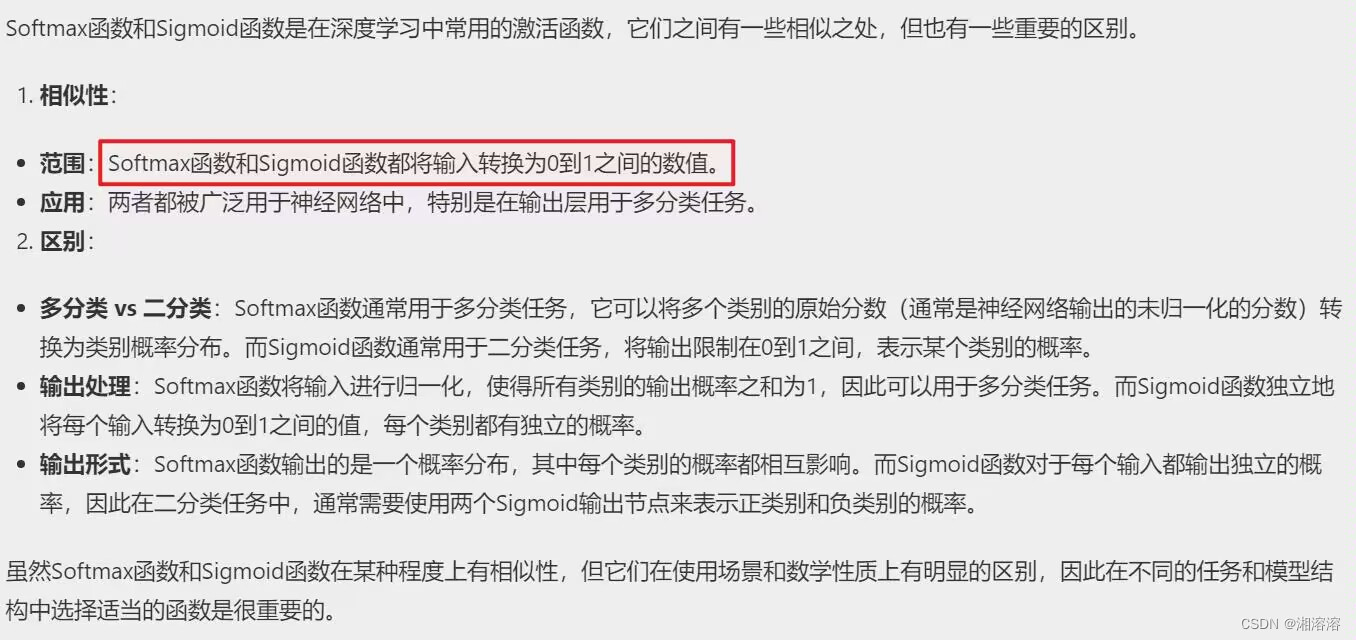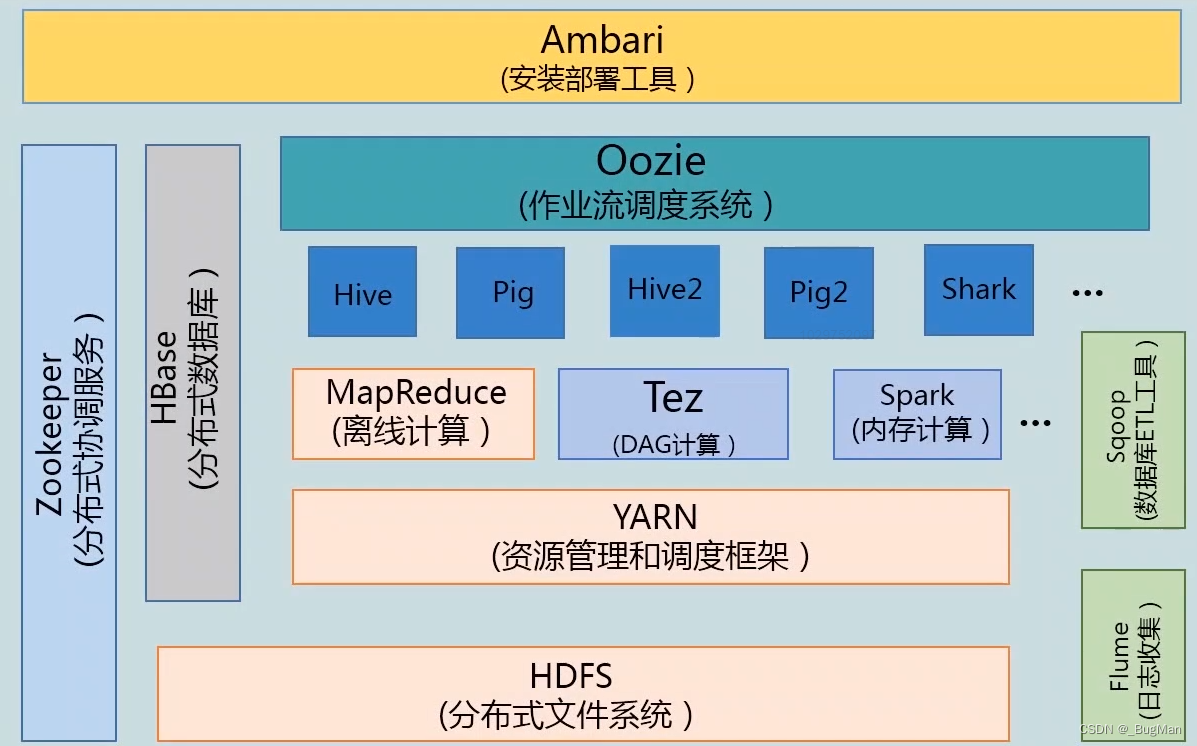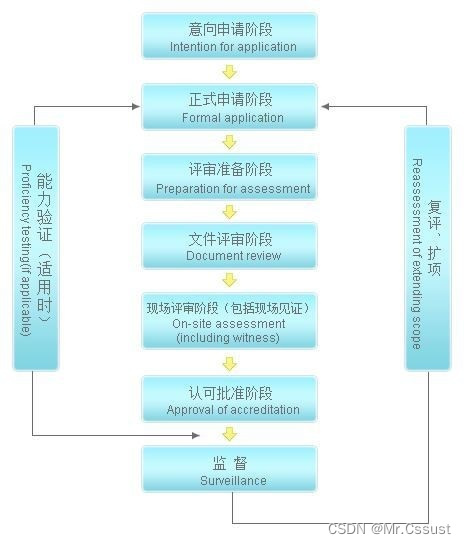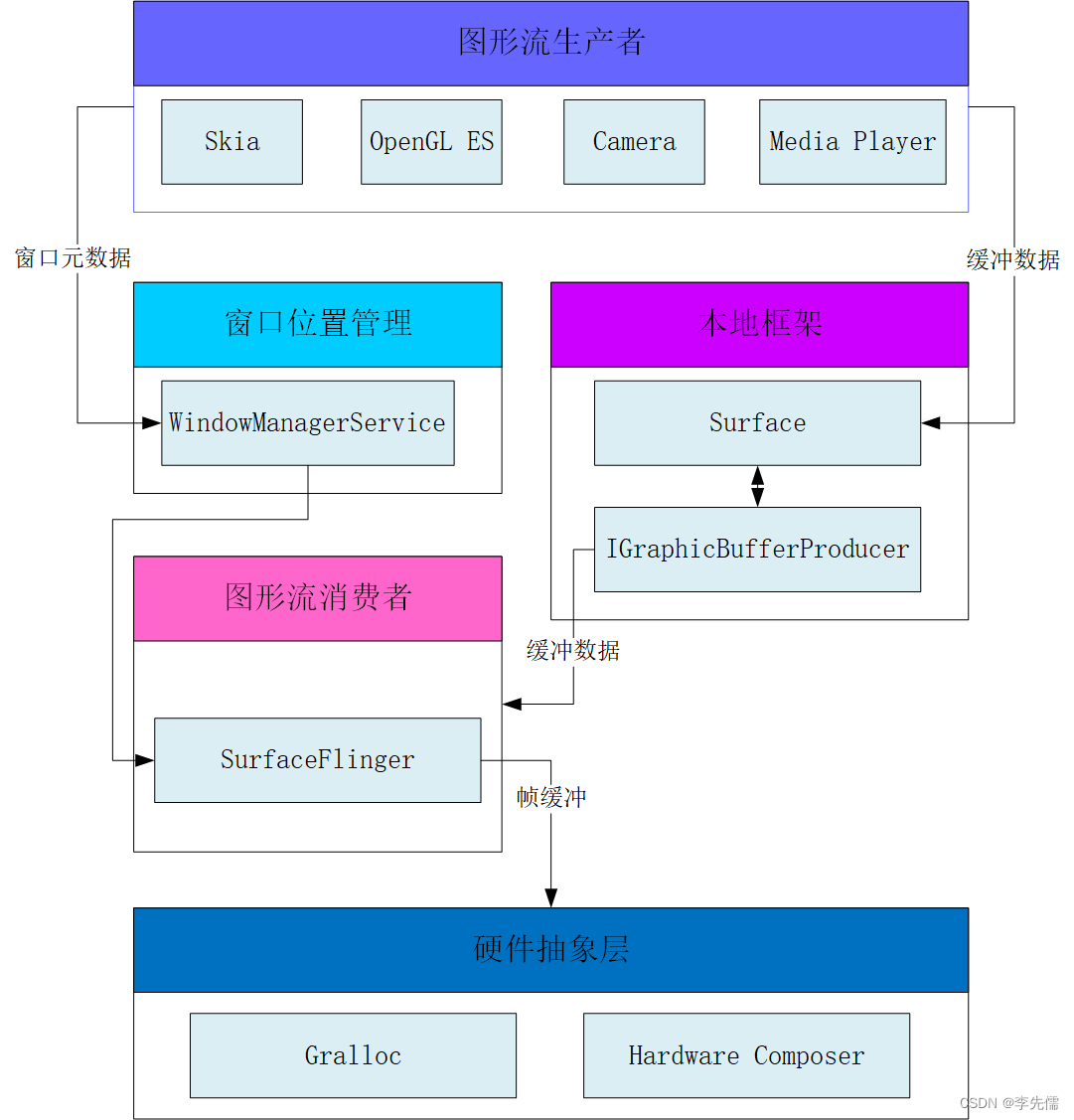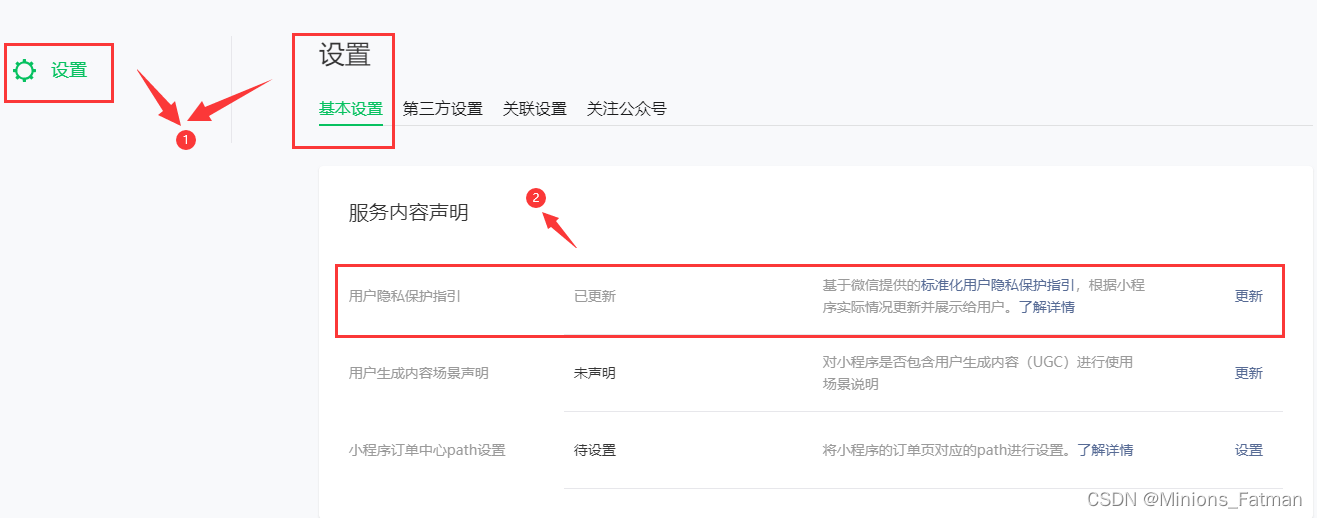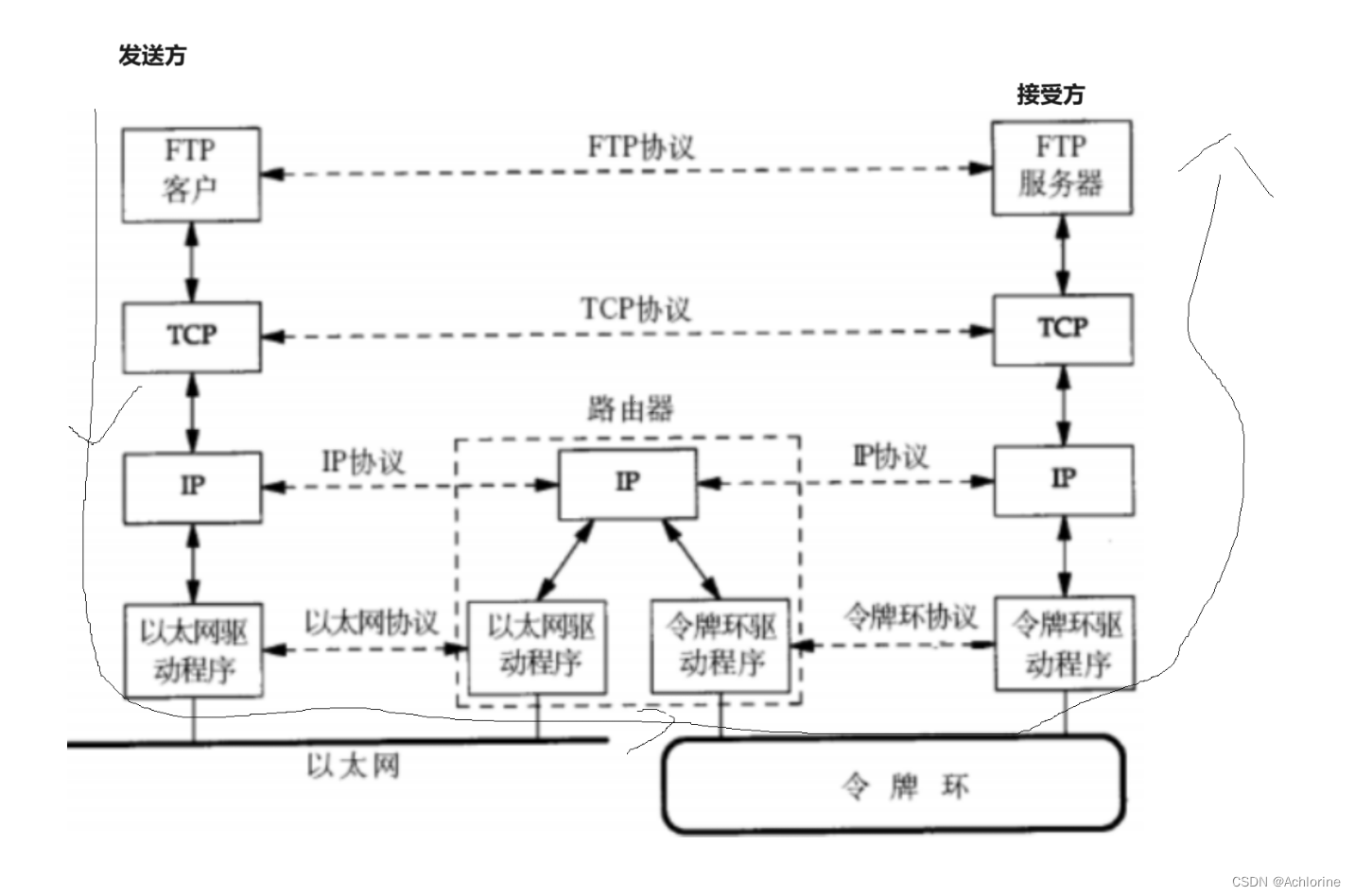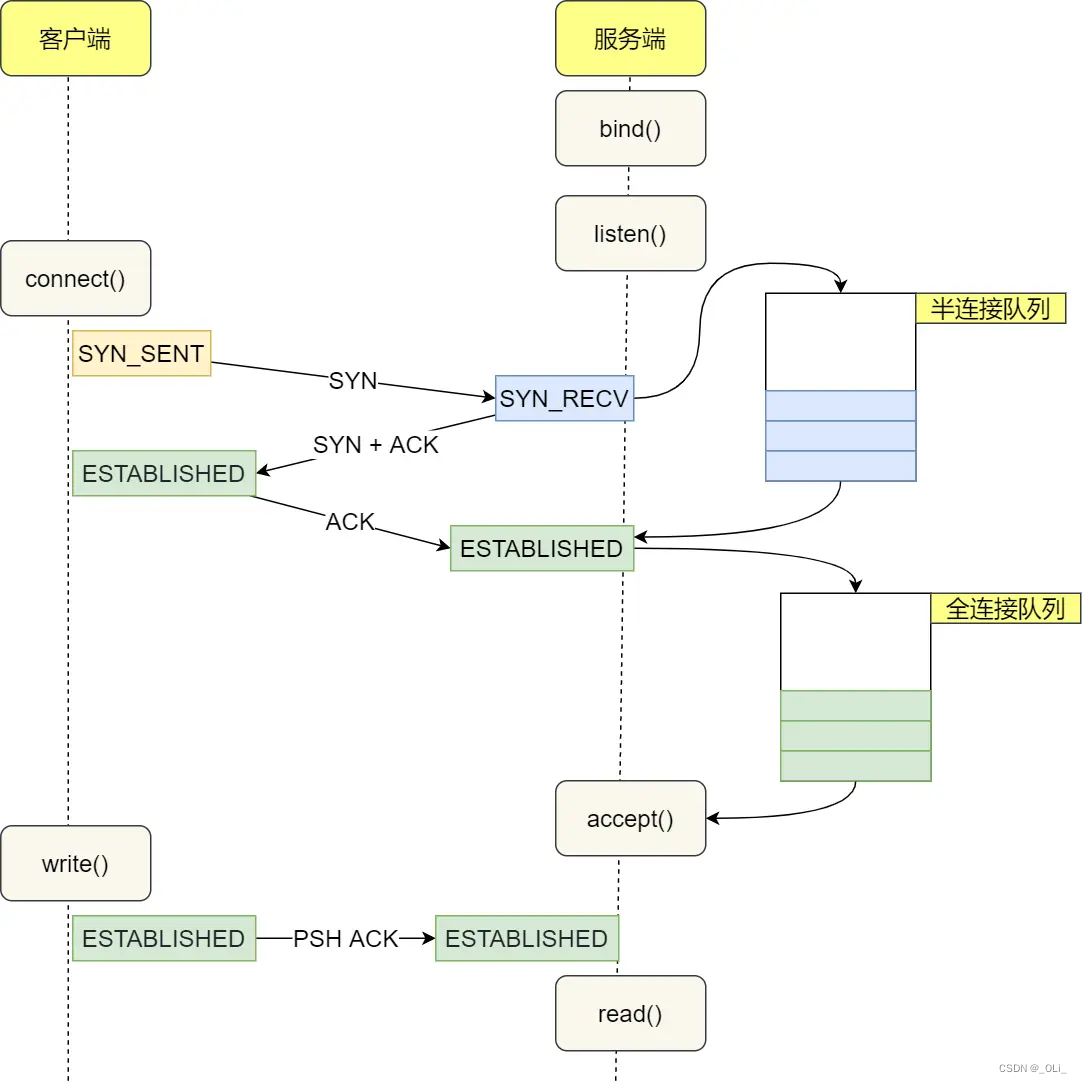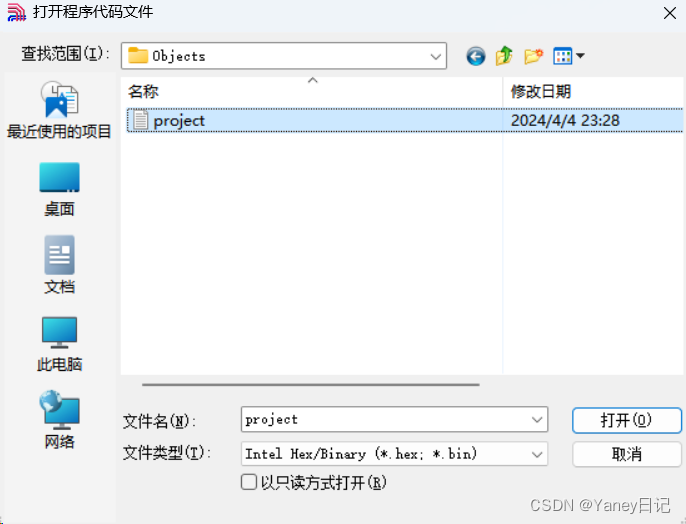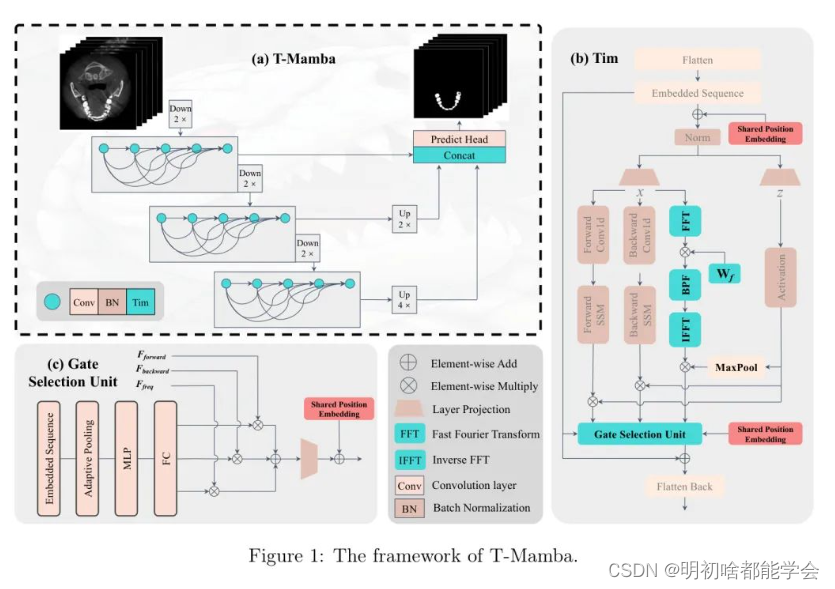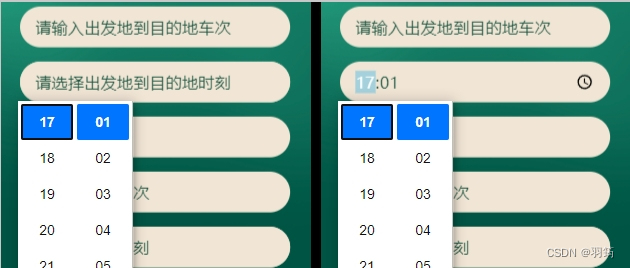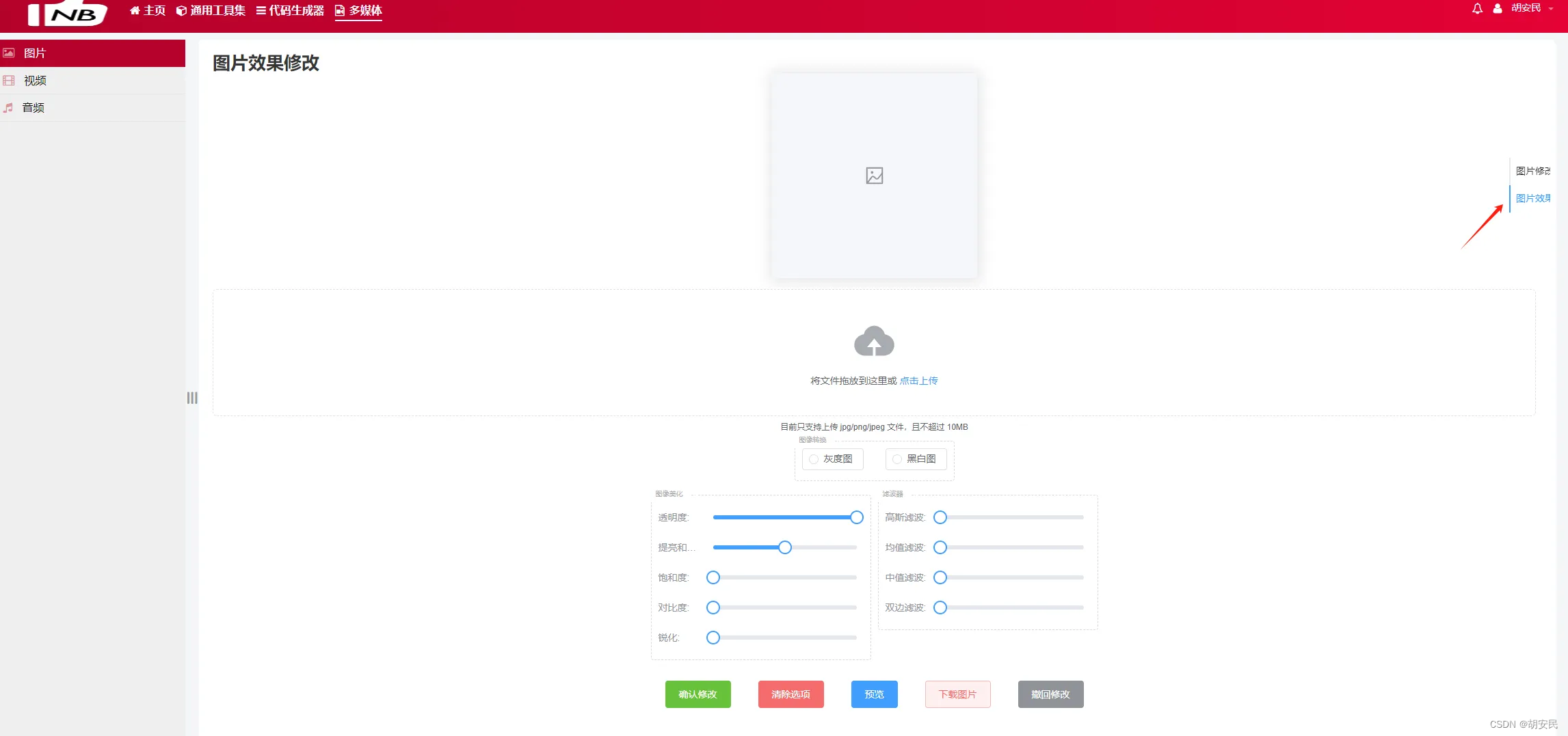文章目录
mybatis 中,使用 RowBounds 进行分页,非常方便,不需要在 sql 语句中写 limit,即可完成分页功能。但是由于它是在 sql 查询出所有结果的基础上截取数据的,所以在数据量大的sql中并不适用,它更适合在返回数据结果较少的查询中使用。
由于 java 允许的最大整数为 2147483647,所以 limit 能使用的最大整数也是 2147483647,一次性取出大量数据可能引起内存溢出,所以在大数据查询场合慎重使用。
下面看下RowBounds分页用法
假设数据库表如下所示

对应的mapper文件如下所示
<resultMap id="resultMap1" type="com.lzj.bean.Person">
<result column="PERSON_ID" property="id"></result>
<result column="PERSON_NAME" property="name"></result>
<result column="PERSON_AGE" property="age"></result>
</resultMap>
<select id="select1" resultMap="resultMap1">
select * from PERSON where PERSON_ID > #{personId}
</select>
对应的接口如下所示
public interface PersonDao {
public List<Person> select1(int personId);
}
执行如下测试代码
public void sqlSessionTest5(){
SqlSessionFactory factory = mybatisUtil.getFactory();
SqlSession sqlSession = factory.openSession(true); //true表示自动提交
List<Person> list = sqlSession.selectList("com.lzj.dao.PersonDao.select1", 5, new RowBounds(1, 2));
System.out.println("输出结果:" + list);
sqlSession.close();
}
输出结果如下所示
Logging initialized using 'class org.apache.ibatis.logging.stdout.StdOutImpl' adapter.
PooledDataSource forcefully closed/removed all connections.
PooledDataSource forcefully closed/removed all connections.
PooledDataSource forcefully closed/removed all connections.
Opening JDBC Connection
Created connection 790851040.
==> Preparing: select * from PERSON where PERSON_ID > ?
==> Parameters: 5(Integer)
<== Columns: person_id, person_name, person_age
<== Row: 6, Bob, 25
<== Row: 7, Jimi, 24
<== Row: 8, Dobu, 40
输出结果:[Person{id=7, name='Jimi', age=24}, Person{id=8, name='Dobu', age=40}]
Closing JDBC Connection [com.mysql.cj.jdbc.ConnectionImpl@2f236de0]
Returned connection 790851040 to pool.
从结果中可以看出RowBounds(1,2)只获取了从第2条数据开始的2条数据。但是底层SQL查询的时候还是从第1条开始查,然后从查询结果中过滤掉第1条数据,所以SQL性能也比较慢,因为查询查询量比较大。尤其是当大数据量分页时会比较慢,因为会查询出所有的数据量,然后过滤掉前面的数据。
参考:https://cloud.tencent.com/developer/article/2130987
